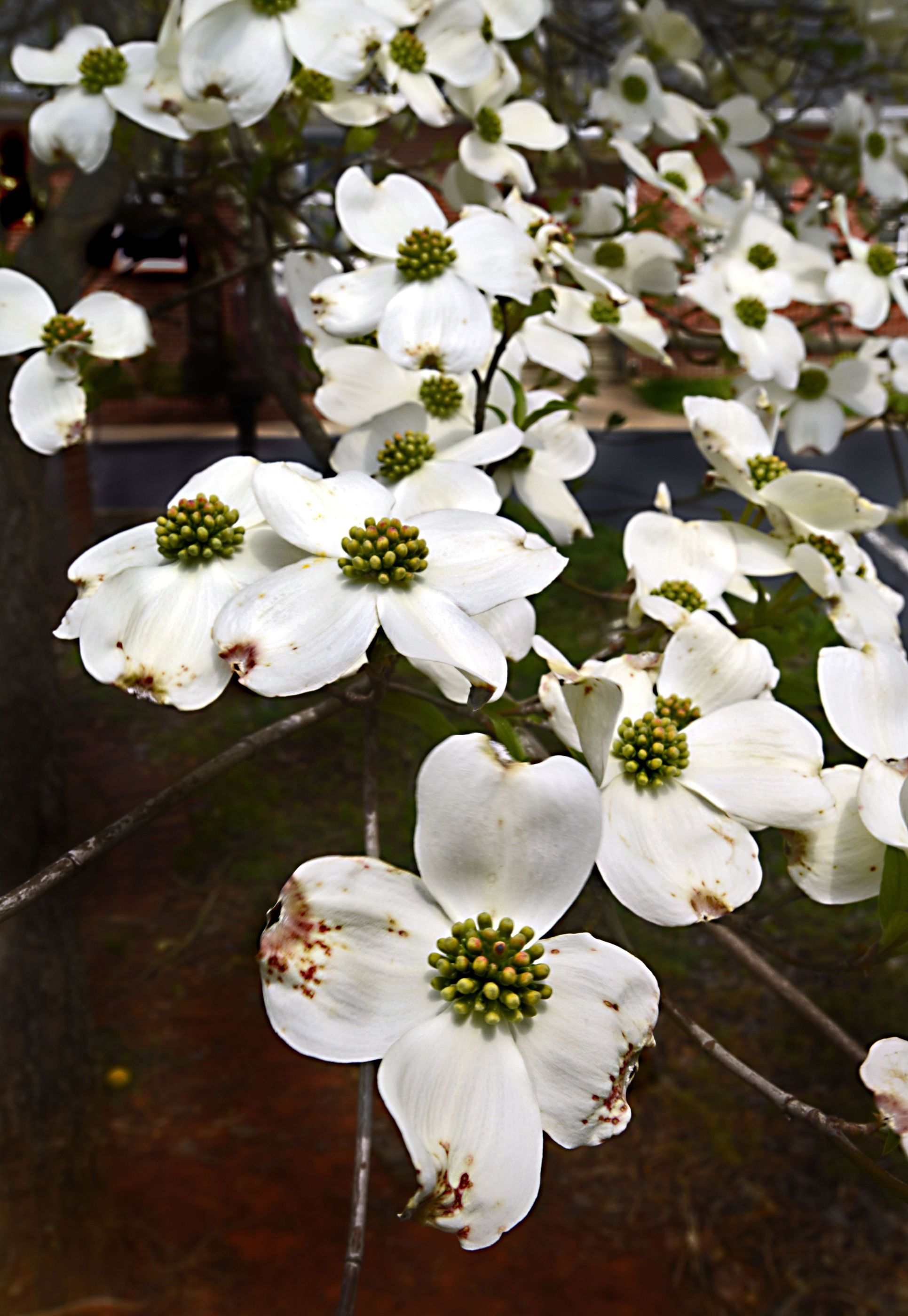Easter story
Published 12:00 am Friday, April 11, 2014
As a child growing up, during Holy Week and at Easter, I was often told a story about dogwood trees and their connection to the crucifixion of Jesus Christ.
My memory is that the legend goes something like this:
At the time Jesus Christ walked on this earth nearly 2,000 years ago, there were giant dogwood trees that grew in and around Jerusalem. They were as tall as oak trees, and very straight and strong — the straightest and strongest trees of that day.
The Roman government that ruled over that region used dogwood tree timbers to make crosses for crucifying criminals. When the people demanded that Roman leader Pontius Pilate crucify Jesus, “The King of the Jews,” a dogwood cross was used.
Jesus commanded that the dogwood tree would never again grow big and tall and strong because of his suffering on the cross.
From that day forward, all dogwood trees would be small and slender trees with bends and twists in their limbs. The blooms on the trees would be shaped like a cross with two long petals and two short petals. The center of the bloom would be a crown of thorns. The outer edges of the petals would have brownish-red blood like stains from the blood and nails used to put Jesus to the cross.
It was to be that all who saw the dogwood blooms would remember Jesus and his crucifixion forever.
After hearing this legend all of my life, it is still hard to accept the facts that dogwood trees do not grow in the Middle East and Israel, and they never have. The trees grow in Europe and the United States. The legend seems more real in that the trees do bloom each year almost in conjunction with Easter. The bloom petals form a cross, and the blooms have the brownish-red, rust-colored blood-like stain on the tips.
It is also true that the dogwood tree is not mentioned anywhere in the Bible or mentioned as the source of wood for the cross. More importantly, there is no mention in the Bible of Jesus ever putting a curse on the poor dogwood tree.
With all the information gathered, it appears that the legend is only a legend with no truth or facts to support it.
But during Holy Week and Easter, we can still look at the beautiful, pure-white blooms of the dogwood and see the cross of petals, see the crown of thorns in the center, see and touch the brownish-red rust and blood-like stains on the tips of the petals and remember the crucifixion of Jesus Christ. Maybe the point of the legend is an annual reminder at Easter of Jesus’ death on the cross for our sins.





